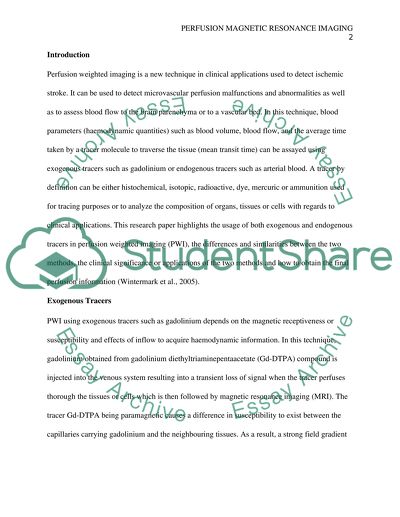Cite this document
(“Exogenous and Endogenous Tracers in Perfusion-Weighted Imaging Essay”, n.d.)
Retrieved de https://studentshare.org/health-sciences-medicine/1450472-perfusion-mri
Retrieved de https://studentshare.org/health-sciences-medicine/1450472-perfusion-mri
(Exogenous and Endogenous Tracers in Perfusion-Weighted Imaging Essay)
https://studentshare.org/health-sciences-medicine/1450472-perfusion-mri.
https://studentshare.org/health-sciences-medicine/1450472-perfusion-mri.
“Exogenous and Endogenous Tracers in Perfusion-Weighted Imaging Essay”, n.d. https://studentshare.org/health-sciences-medicine/1450472-perfusion-mri.


